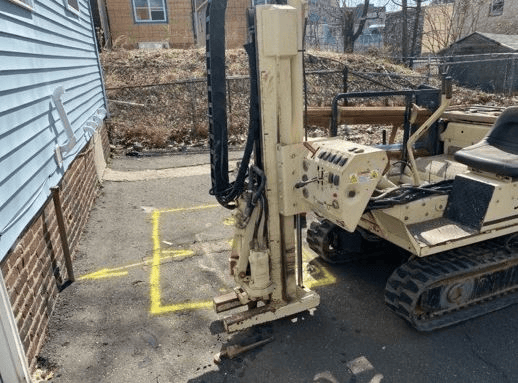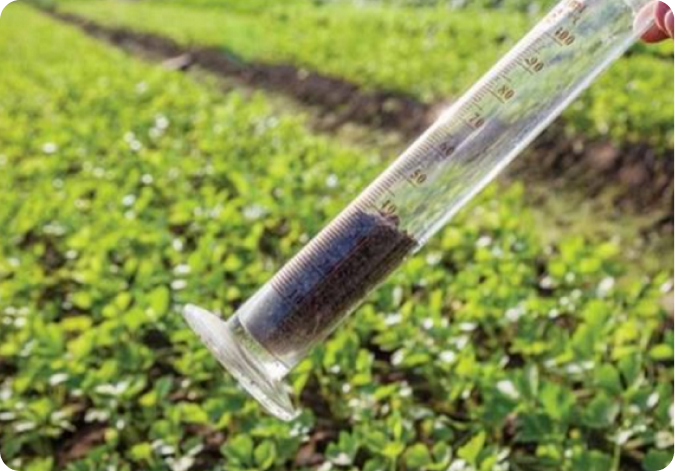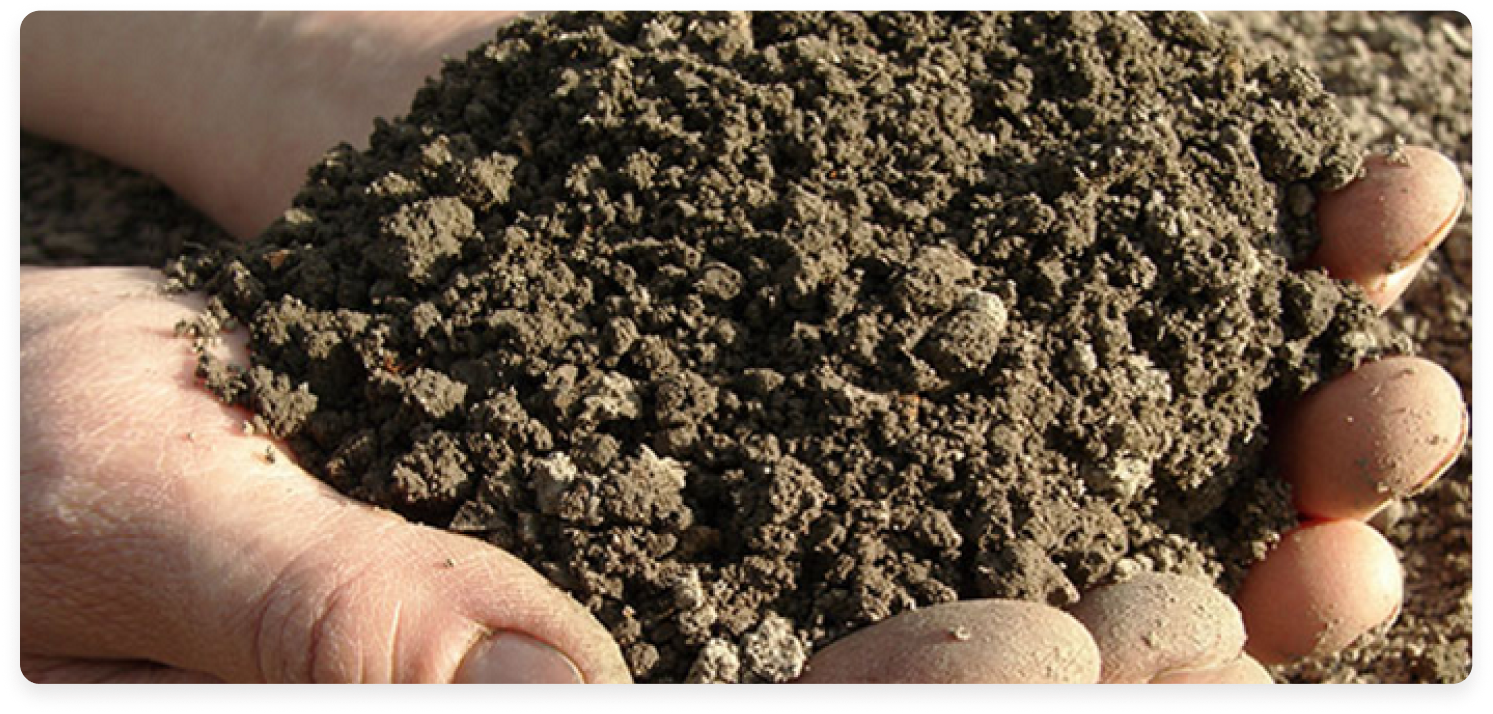Soil testing is the best way to investigate the condition of an underground tank with accuracy. In fact, no one in the industry in and around New Jersey will back up tank testing results with a guarantee. That alone should jump out, telling you that something is significantly wrong with this type of test. Ask yourself; if a company can't stand behind the results, why would you pay for that type of test? At Simple Tank Services, we offer an iron-clad guarantee for our testing. Let’s take a look at the soil testing process that is done by most contractors and compare it to the Simple Tank Services method.
For most companies, a soil test is done by hand. The problem with doing it by hand is that the technician who is sampling around the tank may only get to a certain depth. They may be required to get to seven or eight feet to get an accurate sample, but may only be able to get a few feet down. For instance, if they sample soil at four feet and give you results showing it's clean, that's going to be a false reading. You may buy the house and only find out after you own it that the tank was actually leaking, and you’ll have no recourse against the company who conducted that testing.
One of the first steps in the Simple Tank Services process involves our visiting the site with a machine called a Geoprobe. This Geoprobe is a track rig machine that has a hammer on it that is capable of going down to 25 feet. Our process allows us to find the exact location of your tank. We drill right alongside the tank down to the proper depth, depending on where the bottom of the tank is — most of the time, it will be around seven to eight feet deep. Next, we will probe down and determine if there's been a discharge of oil into the ground. The biggest concern is not if you have one pinhole in your tank, or if it's leaking from the vent pipe. What we'll primarily look out for is if you have contaminated soil in the ground. Fortunately, we can tell you precisely what you have going on around that tank..


There are going to be two outcomes with our soil investigation. One involves taking three boreholes around the tan k and giving you sample results, showing you that there's no detection (also known as non-detect, or ND) of heating oil in the ground. This is the best-case scenario. We're so confident in our testing capabilities that we back our services up with a 100% guarantee! If and when you pull that tank, we'll clean it up for absolutely free — no matter the estimated cost of the cleanup. However, we do charge a $1,400 fee for this warranty/guarantee on top of the removal cost, which is typically about $1,500. The soil investigation itself runs $600. The second outcome is finding contaminated soil. If we probe down and find contaminated soil, we will do what's called a soil delineation. This means figuring out how deep that contamination traveled and how far it went in each direction. Soil delineation will tell us how much contamination is in the ground and how much of it needs to be excavated out. At that point, we'll let you know exactly what it's going to cost to take that tank out and conduct soil remediation. The days of open-ended contracts that start around $6,000-$7,000 and grow to $60,000 or more are over! Simple Tank Services will provide you with a fixed price contract, period. We charge $600 for the soil investigation, which includes us investigating contamination to determine a fixed price. If you have any questions about soil testing, you can check out some of our videos on our YouTube channel for more information.
